This is a fluffy white moth found in open habitats around southern and eastern Britain. When disturbed, it often displays the brown tip of its abdomen which easily distinguishes it from the similar yellow-tail moth.
The caterpillars of the brown-tail moth have hairs which are an irritant to human skin so they should not be handled.
In July or August, the female lays batches of eggs on the foodplant and covers them with hairs from her abdomen. The larvae live in a communal web where they spend the winter. They become active again in early spring and pupate in a cocoon during June and July.
Flight Times
The adult stage has one flight season from July to August and they are attracted to light. Sometimes there is a partial second generation in October.
Size and Family
-
Family – Lymantriinae
-
Medium-sized
- Wingspan Range – 36-42mm
Conservation Status
-
Resident and local
Caterpillar Food Plants
The caterpillars feed on hawthorn (Crataegus), blackthorn (Prunus spinosa), bramble (Rubus fruticosus agg.) and various fruit trees.
Habitat
It lives in areas of scrub, hedgerows, parks and gardens.
Distribution
-
Countries – England, Wales, Scotland
-
It is mostly found around the coasts of southern and eastern England, although it is also increasingly found inland and further north, as far as Northumberland and occasionally southern Scotland.
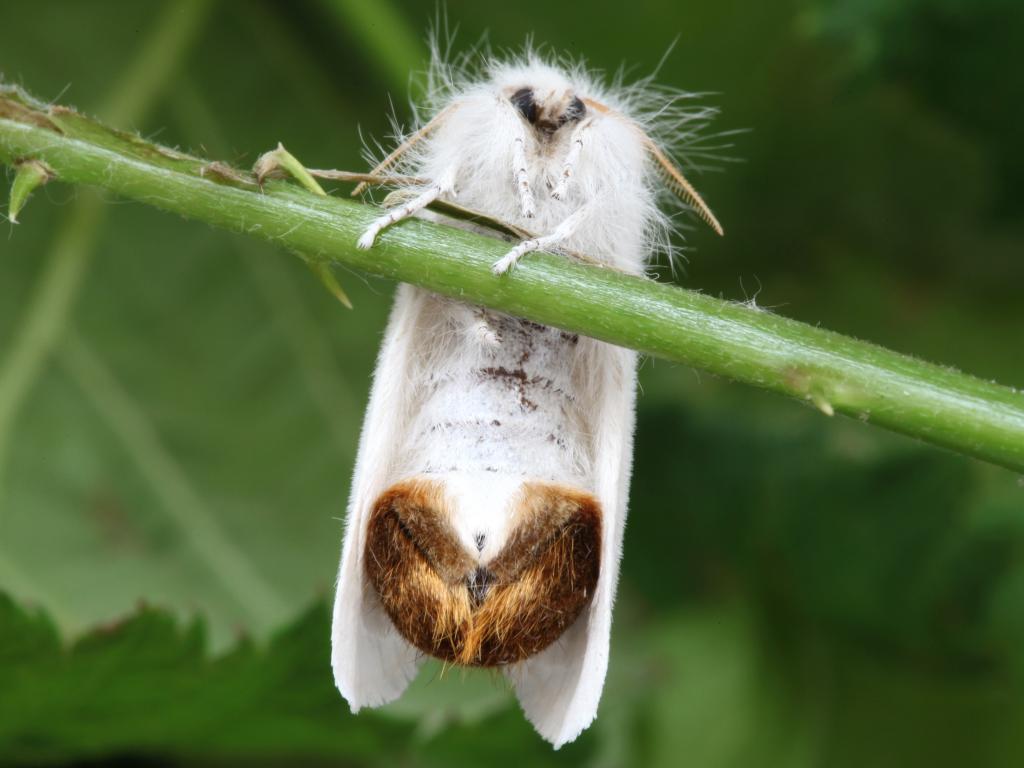
Brown-tail (female) - Garry Barlow
Brown-tail (female)
Garry Barlow
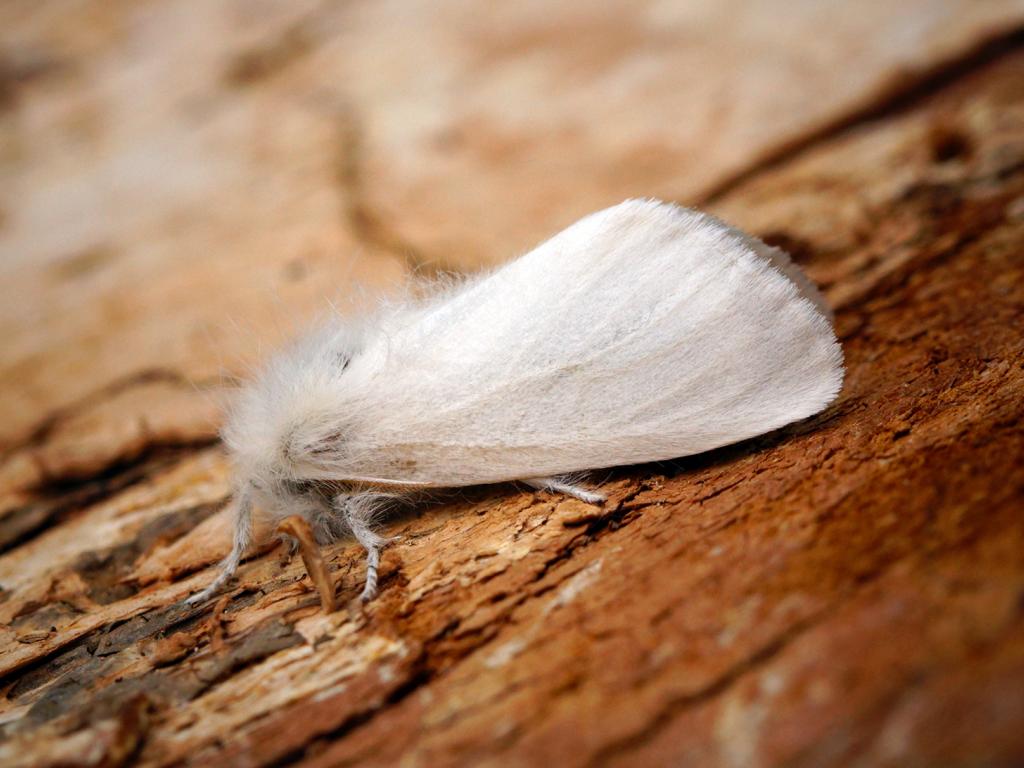
Brown-tail (female) - Ben Sale
Brown-tail (female)
Ben Sale
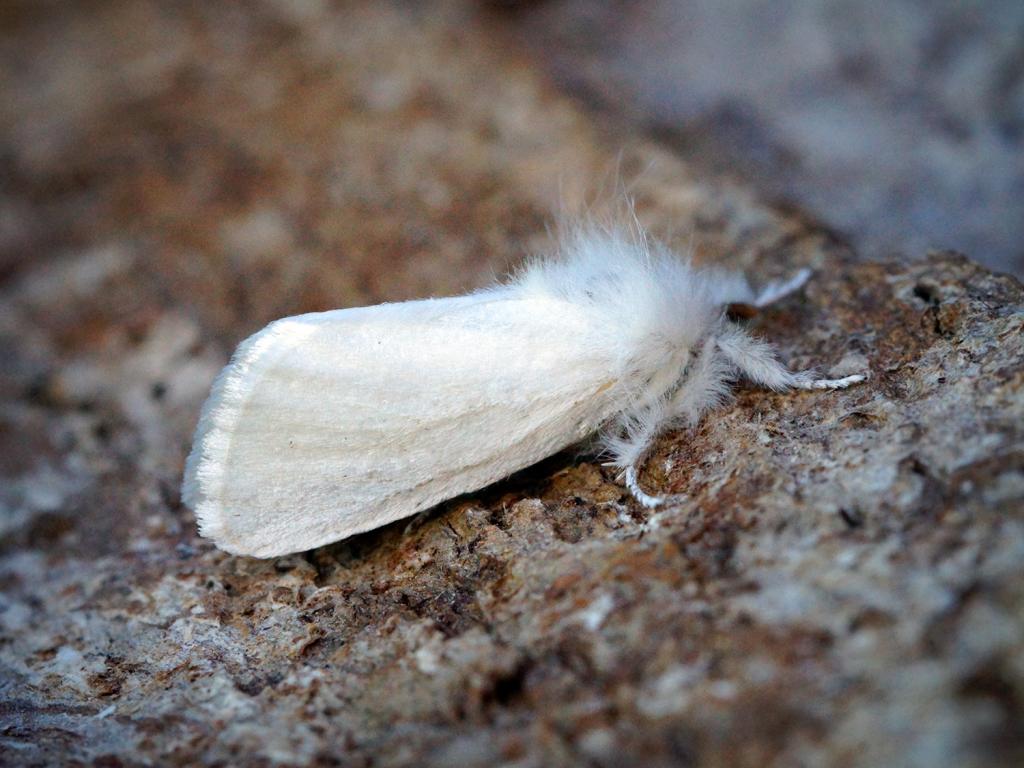
Brown-tail - Ben Sale
Brown-tail
Ben Sale
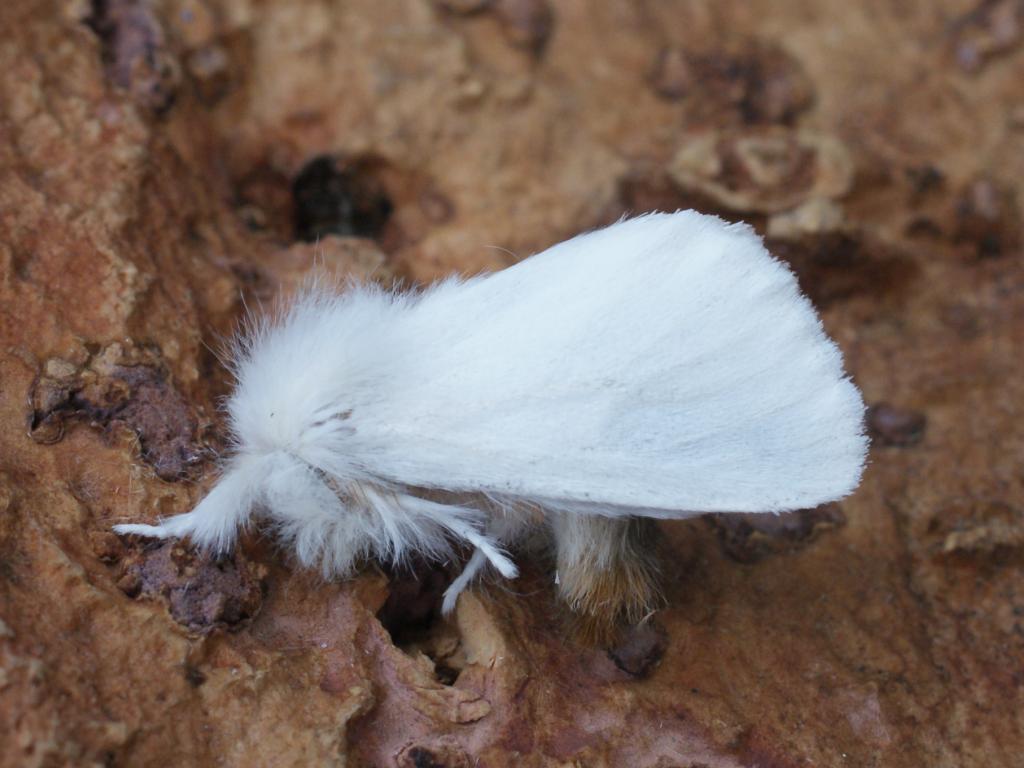
Brown-tail - Dave Shenton
Brown-tail
Dave Shenton
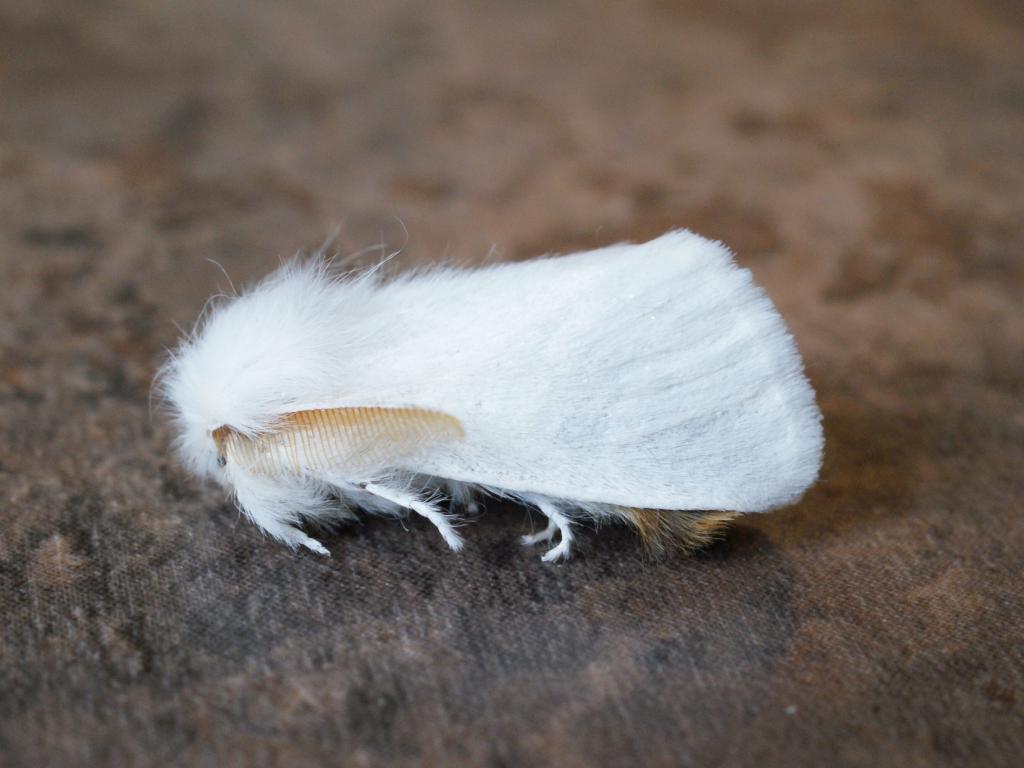
Brown-tail - Dave Shenton
Brown-tail
Dave Shenton
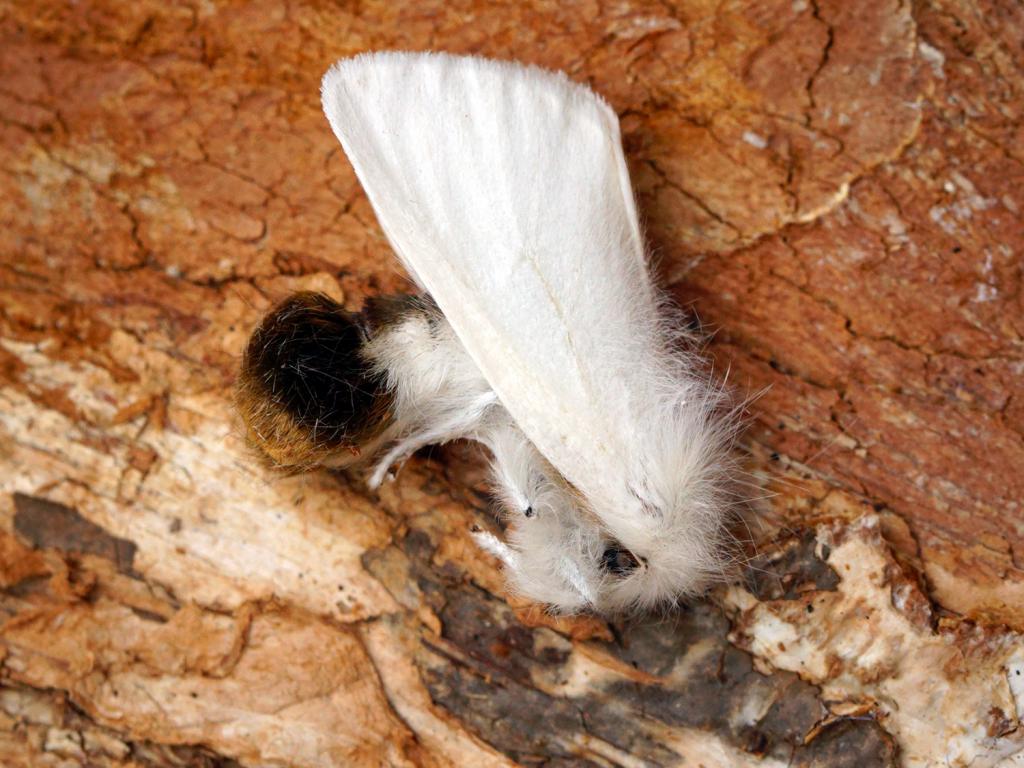
Brown-tail - Ben Sale
Brown-tail
Ben Sale
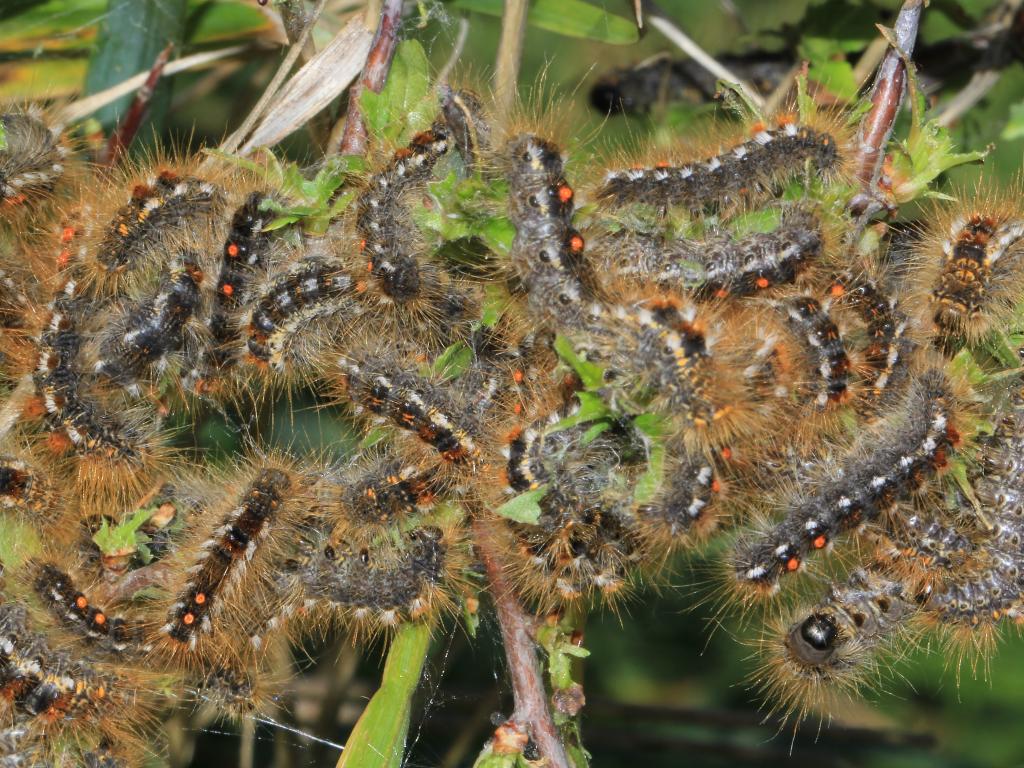
Brown-tail (caterpillars) - Ann Collier
Brown-tail (caterpillars)
Ann Collier
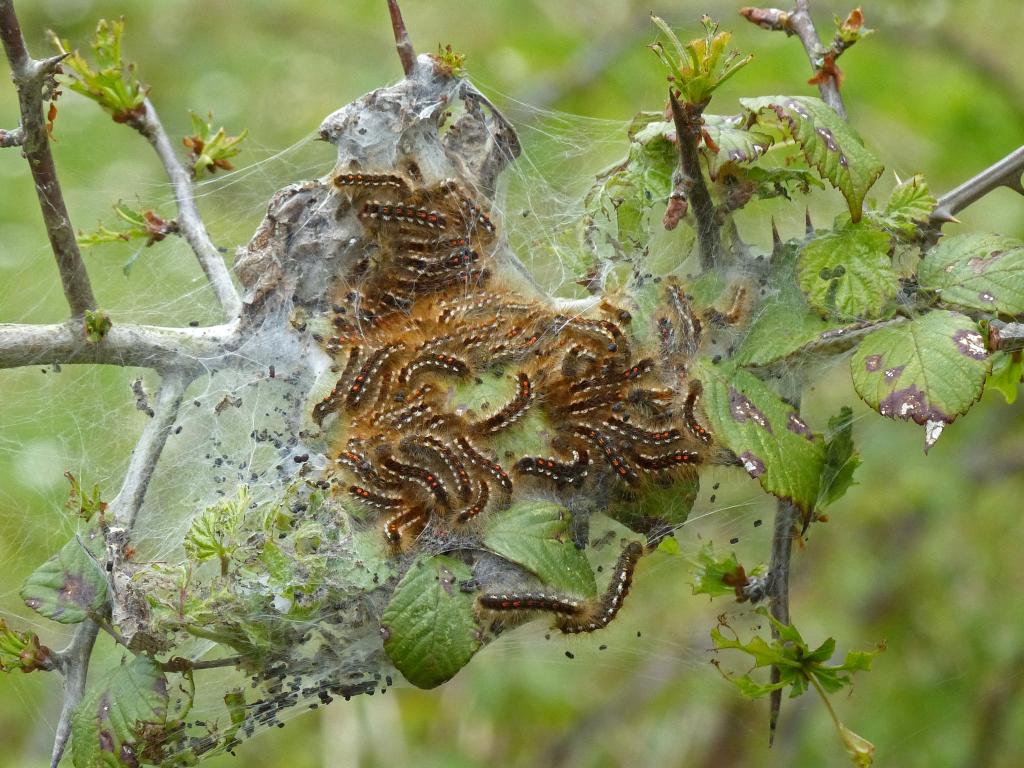
Brown-tail (caterpillars) - Stuart Read
Brown-tail (caterpillars)
Stuart Read
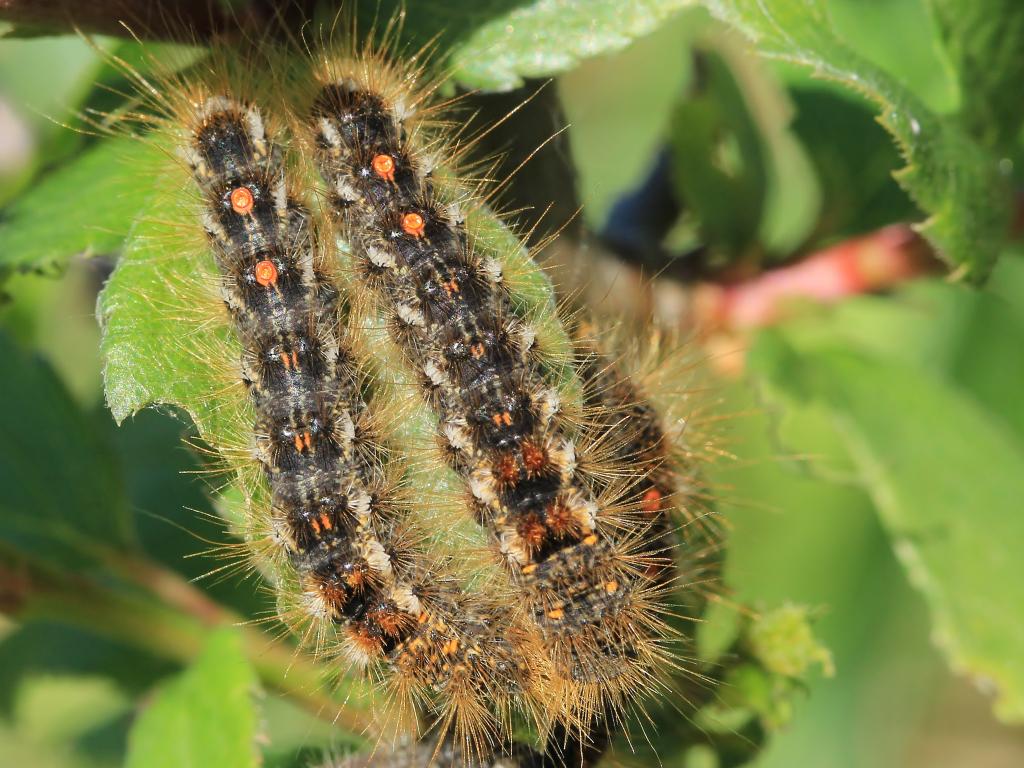
Brown-tail (caterpillars) - Ann Collier
Brown-tail (caterpillars)
Ann Collier
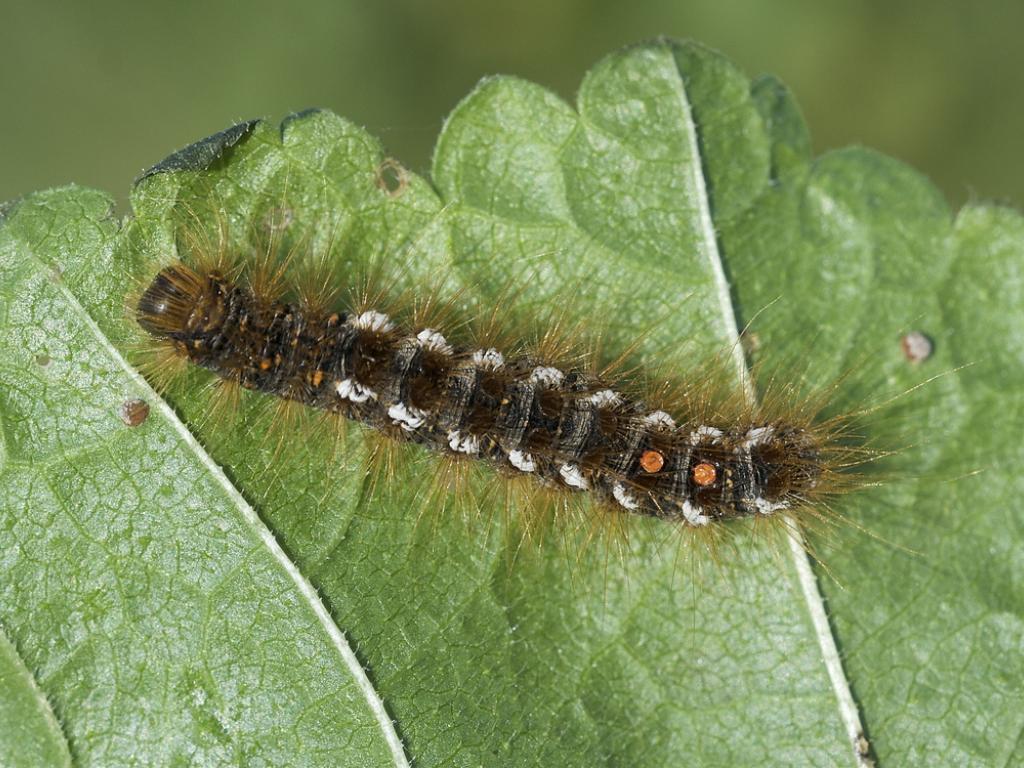
Brown-tail (caterpillar) - Paul Davis
Brown-tail (caterpillar)
Paul Davis

